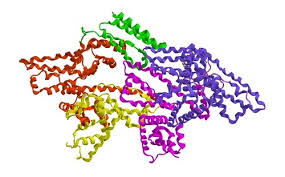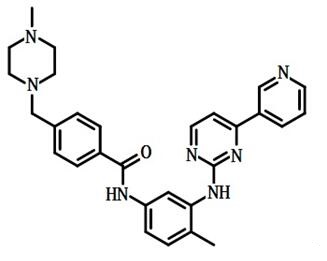Uses and Toxicity of Dazomet
Chemical properties
The pure substance is white needle crystal with no odor. m.p. :99.5 ° C (decomposition) (104 ~ 105 ° C). Vapor pressure : 400 x 10-6 Pa. Soluble in acetone, chloroform; slightly soluble in ethanol, benzene; insoluble in ether, carbon tetrachloride; solubility in water at 25 ° C: 0.12%. Solubility in warm water is slightly higher. It is easy to decompose in aqueous solution, and the decomposition speeds up when the temperature is above 45 °C, which affects the effect of the agent. it is easy to decompose in the presence of strong acid and alkali.
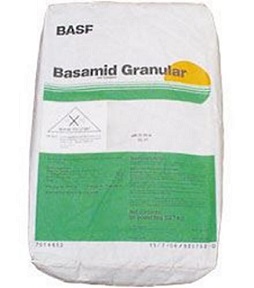
Uses
Dazomet is a broad-spectrum pesticide that acts as fumigant nematicide. The decomposition of Dazomet in the soil releases methyl isothiocyanate, formaldehyde and hydrogen sulfide which kills the root nodule nematode, stem nematode, and heterologous nematode. In addition, it also has insecticidal, bactericidal and herbicidal effects, so it is also used in the control of soil fungi, underground pests and Chenopedium weeds, such as potato Rhizoctonia, Phosphorus winged insects, snappling beetles, and larvae of Mimela lucidula Hope. It is used for soil treatment with furrow or broadcast application of 750-900g of 98% microgranules per 100m2 sand and 900~1050g/100m2 clay. It is also used to control vegetables and peanut nematodes. Potato root nematode disease can also be controlled with application of 1125g of 75% wettable powder per 100m2.
Dazomet, also known as Basamid, is a soil fumigant that acts a methyl thiomethionate nematicide, and also used in the control of fungi, underground pests and weeds. The decomposion of Dazomet in the soil forms methylaminomethyldithiocarbamate, and further releases methyl isothiocyanate. It is not only effective against nematodes and soil fungi, such as damping-off fungi, Rhizoctonia and Fusarium etc., but also inhibits the growth of many weeds. Dazomet has a good control effect on cotton blight.
Toxicity
Acute oral LD50 in rats: 500-650 mg/kg (550-710 mg/kg).
Acute oral LD50: 400 mg/kg (mice).
Acute dermal LD50: 2360 ~ 2600mg / kg (rabbit). Irritating to eyes and skin.
No effect dose during the two-year feeding trials is 10 mg/kg per day.
No carcinogenic, teratogenic or mutagenic effects were observed in animal experiments. LC50 in squid: 10mg/L (48h), oral LD50 in wild duck: 473mg/kg, safe for bees.
References
Flick, E. W. 1998. Industrial solvents handbook, 5th ed. New York: William Andrew
Publishing, Noyes.
2. Wypych, G. 2001. Handbook of solvents. Claremont, NH: Chem Tec Publishing.
3. Cheremisinoff, N. P. 2003. Industrial solvents handbook, 2nd ed. New York: Marcel
Dekker Inc.
3a. Reichardt, C., ed. 2003. Solvents and solvent effects in organic chemistry, 3rd ed. New
York: Wiley-VCH.
4. Dikshith, T. S. S., and Diwan, D. P. V. 2003. Industrial guide to chemical and drug
safety. Hoboken, NJ: John Wiley & Sons Inc.
You may like
See also
Lastest Price from Dazomet manufacturers
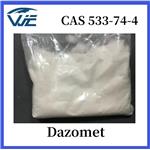
US $100.00/KG2023-08-16
- CAS:
- 533-74-4
- Min. Order:
- 1KG
- Purity:
- >99%
- Supply Ability:
- 20tons
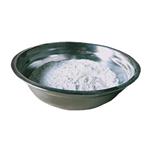
US $0.00/KG2023-06-29
- CAS:
- 533-74-4
- Min. Order:
- 1KG
- Purity:
- 99%
- Supply Ability:
- 50000KG/month

